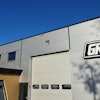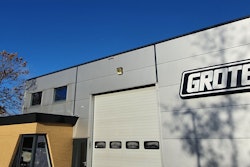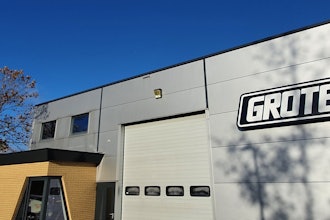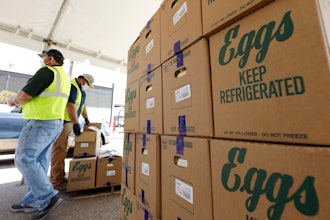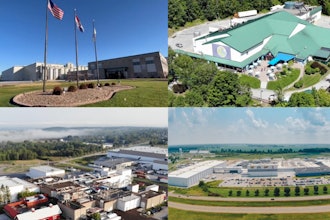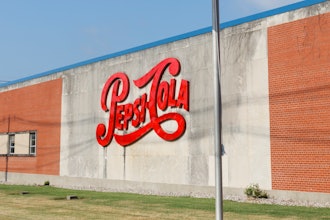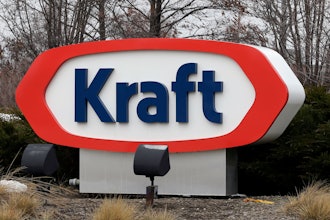
The COVID-19 pandemic hit many manufacturing facilities hard, with continuing restrictions designed to curb the virus making it difficult to bounce back. Some revamped their operations with Internet of Things (IoT) sensors that enabled monitoring a factory with fewer people on site. Others invested in disinfecting robots that roamed through warehouses to sanitize these facilities between shifts.
Virtual reality (VR) has also recently come to the forefront for helping manufacturers optimize their operations while keeping people safe during a global health threat. Since it can mimic real-life spaces and situations in the digital realm, the technology allows manufacturing professionals to fully contribute to their roles, even away from physical factories.
Some VR technologies overlap with ones based in augmented reality (AR). However, this coverage focuses solely on why VR will be a game-changer for manufacturers around the world.
Digital Twin Simulations
Digital twins are collections of electronic data that mimic facilities, processes, components, and more. Manufacturers increasingly rely on digital twins to streamline their productivity.
For example, such simulations could show the effects of bringing in an electro-mechanical system to supplement a plant’s human workforce. Similarly, digital twins could help production managers determine what’s causing bottlenecks or faults. They could interact with the simulated material to preview the effects of specific changes before implementing them in the factory. They’ll then feel more confident about introducing new processes to the workforce, knowing that the transition will be worthwhile.
Ford emerged as one of the early adopters of VR in manufacturing when they applied the tech to assembly tasks in 2015. The company used a 23-camera motion-capture system and head-mounted displays to mimic employee workstations. It then evaluated the workers’ movements and proficiency in those virtual environments. This approach reduced injuries and made it easier to match employees to the tasks best-suited to them.
Facilitating Real-Time Assessments
The COVID-19 pandemic forced people to get creative when restrictions prevented routine site visits. Professionals in manufacturing and other industries now know that many workers can do the same tasks remotely as they did in person and get comparable results. VR could prove especially advantageous for duties that require assessing locations or products.
For example, researchers in Scotland are working on a VR platform that helps inspectors visit sites virtually and look for issues associated with construction sites. Perhaps manufacturers could adapt this innovation for product quality control or to aid people in overseeing factory expansions.
Moreover, Virginia’s Commonwealth Center for Advanced Manufacturing features a massive VR display called a PowerWall. It’s an intuitive interface that allows up to six people to collaborate in person or remotely when designing a future factory. The display shows 3D models of dataflows and processes, making it easier to see the benefits of advanced manufacturing upgrades before real-life implementations begin.
People may find it challenging to take frequent business trips for a while, especially with many airlines flying fewer routes and often requiring people to test negative for COVID-19 before and after traveling. VR simulations keep site assessments running smoothly, letting people avoid possible travel complications.
COVID-19 also meant corporate leaders had to think differently about getting their workers trained. The public will need to keep their distance and wear masks after getting vaccinated since researchers need to learn more about the protection each shot offers.
That means it could be awhile before it’s safe for mass training events to happen with dozens or hundreds of people in the same room. Fortunately, VR can deliver educational material to people regardless of their locations. In one example, an air filter manufacturer developed VR training digital twin modules to teach people how to install, maintain, and replace their products.
Another advantage of using VR in manufacturing is that it enables simulating situations that may be difficult or impossible to recreate in real life. Companies can also use VR simulations to supplement learning instead of relying on expensive product demonstrations. Thus, VR training simulations represent a trend to watch in 2021 and beyond.
Improving Collaborative Efforts
VR has the potential to bring people together. It’s unclear how long movement restrictions may persist in the post-pandemic world. Thus, some companies are already exploring how to help people collaborate virtually. Such efforts could help manufacturers plan product redesigns after identifying faults or weigh in about necessities such as hiring needs and equipment investments.
In one example, a team used VR when redesigning an electric vehicle (EV) charging station. They could build and test features that had not yet reached the prototype stage in real life. Moreover, the VR environment allowed component teardowns and facilitated cross-sections so designers had a clearer idea of how to make improvements. Such capabilities reduce or eliminate trial and error that could slow down the manufacturing process and limit production numbers.
Numerous remote collaboration apps exist, but some VR specialists think their products could bring about more realistic meetings. For example, Vive Sync is a VR-based meeting tool that supports up to 30 participants and features options such as virtual whiteboards and text-to-speech note-taking. Such capabilities could help crucial decisions happen faster and more confidently.
If manufacturing professionals need to figure out when to hire more team members for a new production line or invest in better equipment, VR creates a safe environment conducive to people bringing their ideas to the table with collective expertise. VR meeting platforms could also help people iron out processes that improve productivity and quality.
Enhancing Workforce Recruitment
Manufacturers have had to explore new ways to recruit younger workforce members. Some companies use VR to give candidates more accurate ideas about what to expect during workdays. Several years ago, General Mills created VR factory tours and showed them to college students. The technology’s portability made it easy to take the equipment to multiple campuses.
There are still so many unknown factors concerning the “new normal” once COVID-19 passes. No one can predict the future with certainty. But VR in manufacturing gives back a little of the control that the pandemic caused us to give up — and the use cases here only showcase a small portion of what’s possible.
Emily Newton covers innovations in the tech and industrial sectors.

